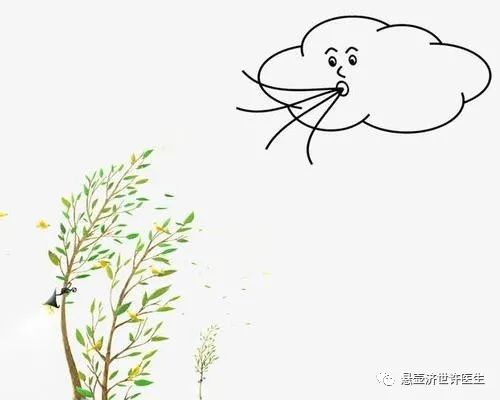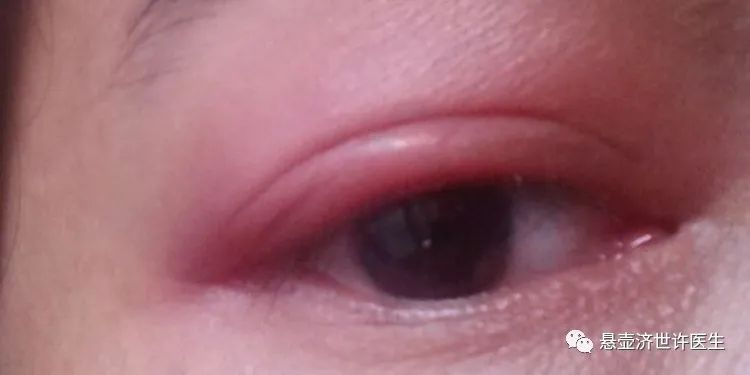
Six Excesses Diagnosis and Differentiation
The Six Excesses refer to Wind, Cold, Heat, Dampness, Dryness, and Fire. Today, we will discuss “Wind Excess”.

1. Wind Excess Syndrome
Wind Excess Syndrome refers to the invasion of Wind evil into the body’s surface and meridians, leading to dysfunction of the defensive Qi, presenting symptoms that align with the characteristics of “Wind”.
2. Pathogenic Characteristics of Wind Excess
Wind is a Yang evil, characterized by its dispersing nature, easily attacking Yang positions, and its tendency to change rapidly, often accompanied by other pathogenic factors. Therefore, Wind Excess Syndrome is characterized by rapid onset, quick changes, and erratic symptoms.
3. Clinical Manifestations:
Chills, slight fever, sweating, floating and relaxed pulse, thin white tongue coating, or symptoms such as nasal congestion, clear nasal discharge, sneezing, or accompanied by throat itching, cough. It may also present as sudden skin itching, rashes; sudden numbness of the skin, facial drooping; or wandering joint pain; or new onset facial and limb swelling.

4. Syndrome Analysis:
Due to the varying locations of Wind evil invasion and the accompanying pathogenic factors, Wind Excess Syndrome commonly includes Wind attacking the surface, Wind invading the lungs, Wind affecting the skin, Wind obstructing the meridians, Wind toxin invading the collaterals, Wind causing bi syndrome, and Wind-water interaction syndrome.

Wind Attacking the Surface
When Wind evil attacks the surface, the lung’s defensive Qi becomes disordered, the pores are loose, and the defensive Qi is not solid, leading to symptoms characteristic of exterior syndrome such as chills, fever, and a floating pulse, with sweating, aversion to wind, and a floating and relaxed pulse being the main features, which is known as Wind attacking the surface syndrome.

Wind Invading the Lungs
External evils can easily enter through the lung system. When Wind evil invades the lungs, the lung Qi fails to disperse, and the nasal passages become obstructed, leading to symptoms such as cough, throat itching, nasal congestion, clear nasal discharge, or sneezing, which is known as Wind invading the lungs syndrome.

Wind Affecting the Skin
When Wind evil invades the skin, the evil Qi clashes with the defensive Qi at the surface, leading to symptoms such as skin itching and rashes, forming the Wind affecting the skin syndrome.

Wind Obstructing the Meridians
When Wind evil or Wind toxin invades the meridians and skin, causing stagnation of the meridian Qi and numbness of the skin, symptoms such as skin numbness and facial drooping may occur, which is known as Wind obstructing the meridians syndrome.

Wind Causing Bi Syndrome
When Wind combines with Cold and Dampness to invade the muscles and joints, obstructing the meridians, symptoms such as wandering joint pain may occur, forming the Wind causing bi syndrome.

Wind-Water Interaction
When Wind evil invades the lung’s defensive Qi, causing disordered dispersal and failure to regulate the water pathways, symptoms such as sudden facial and limb swelling may occur, which is known as Wind-water interaction syndrome.




